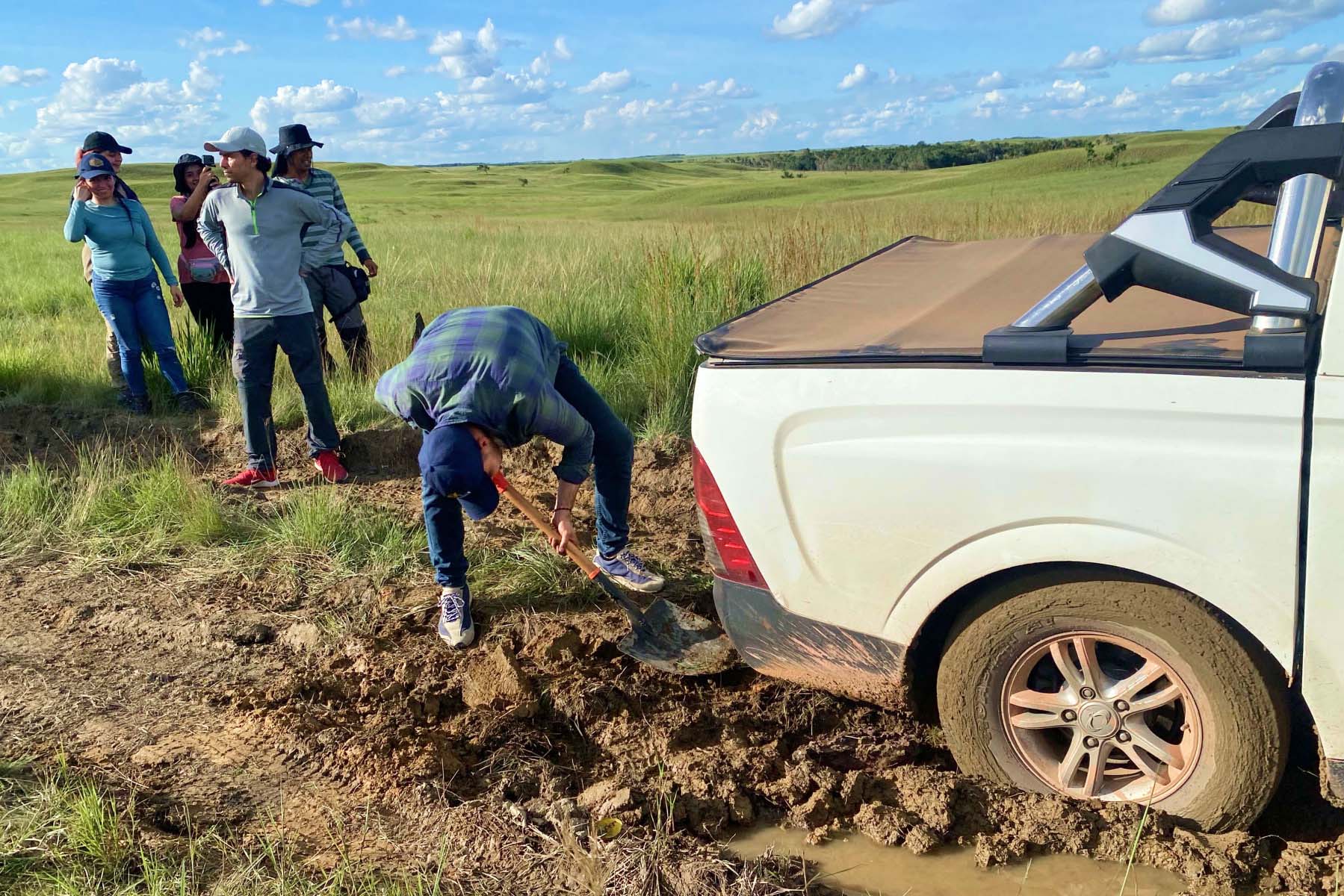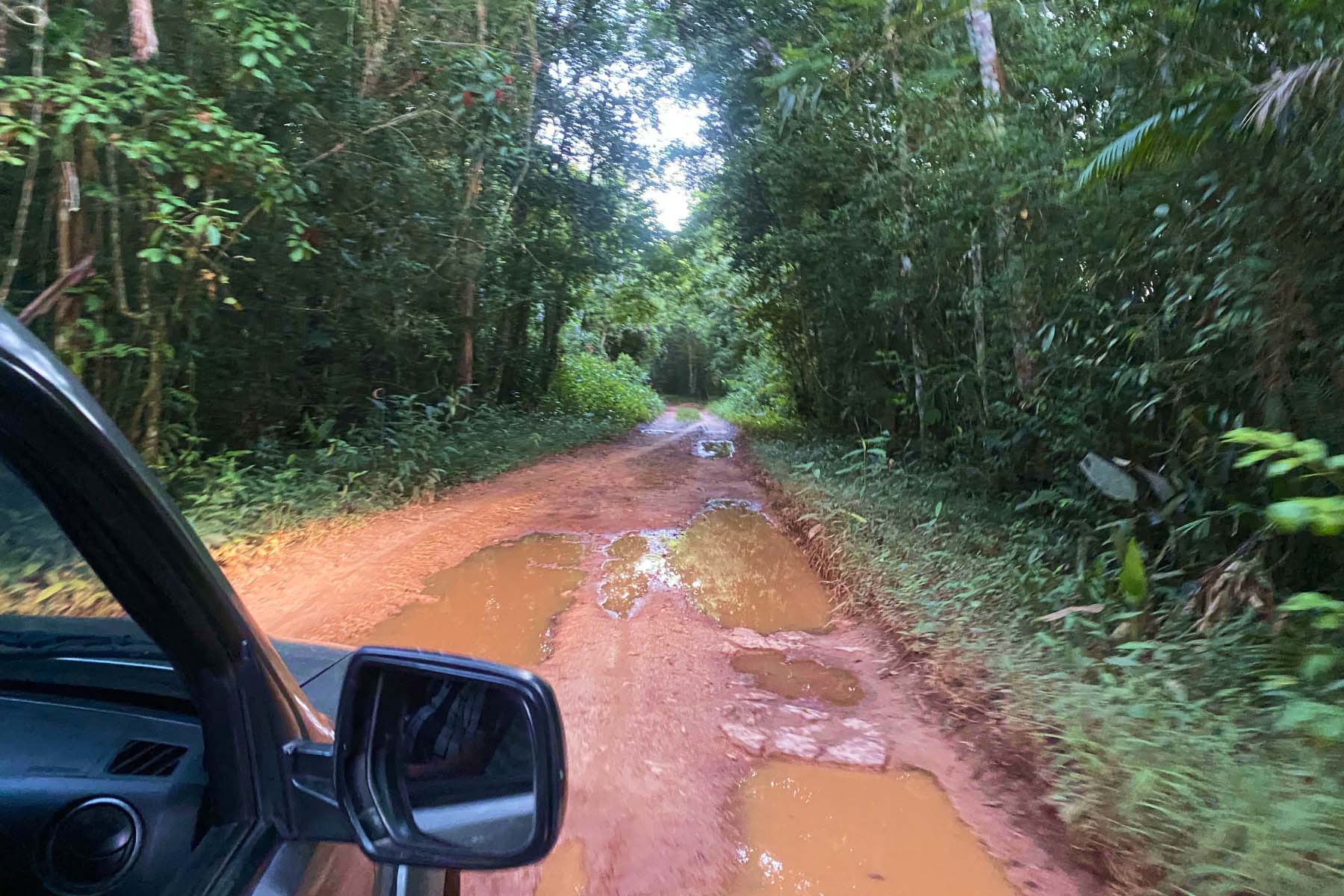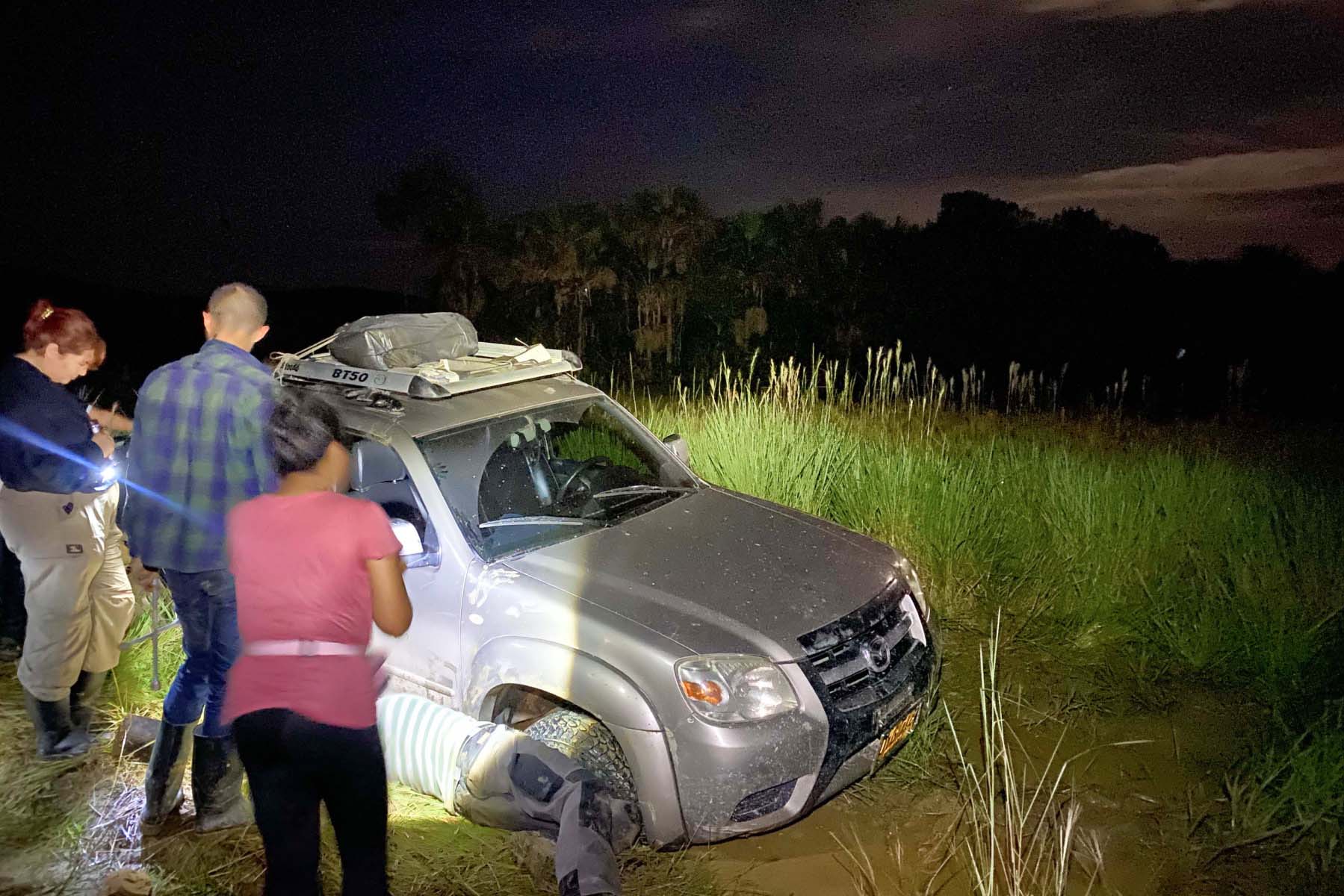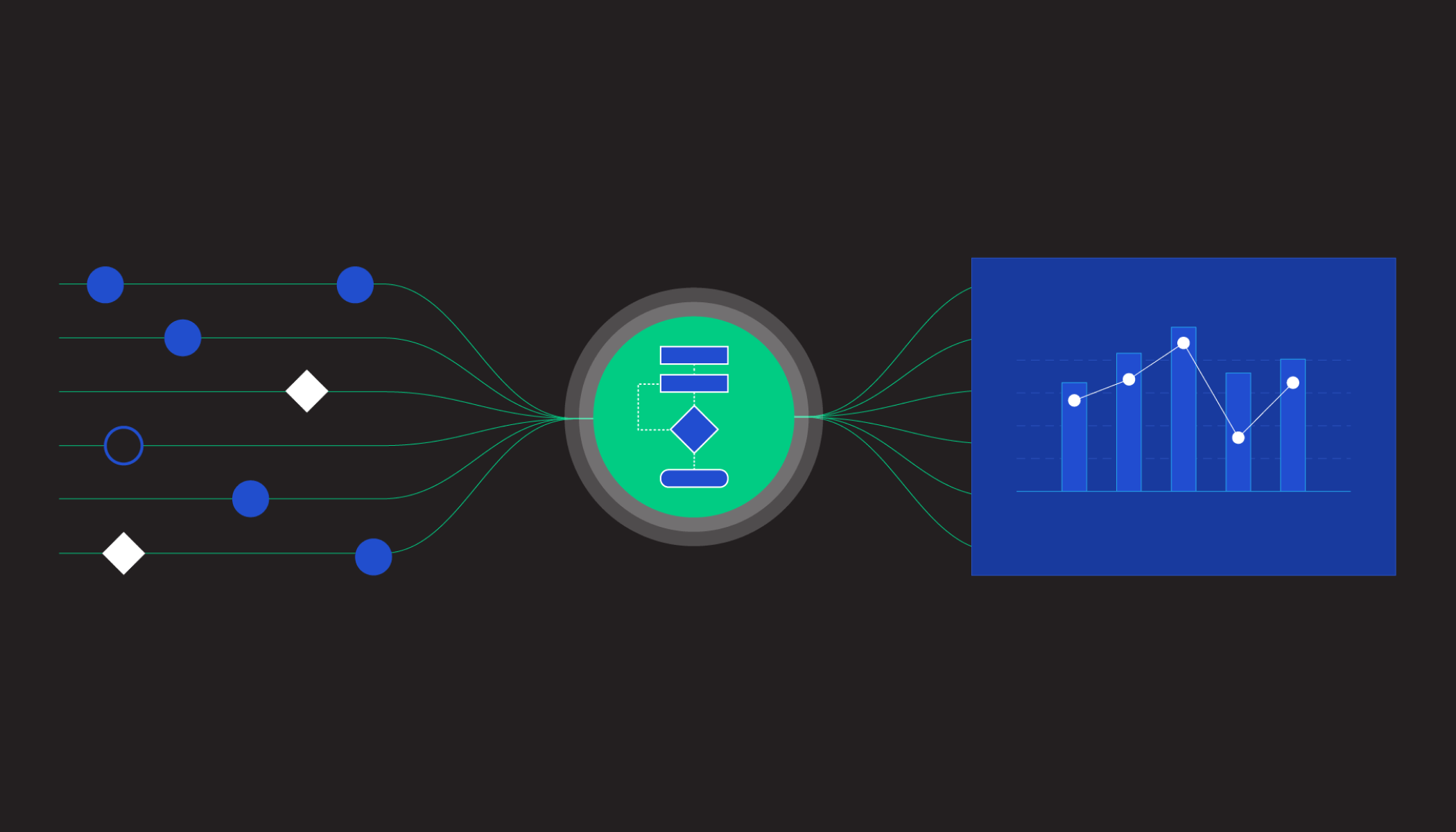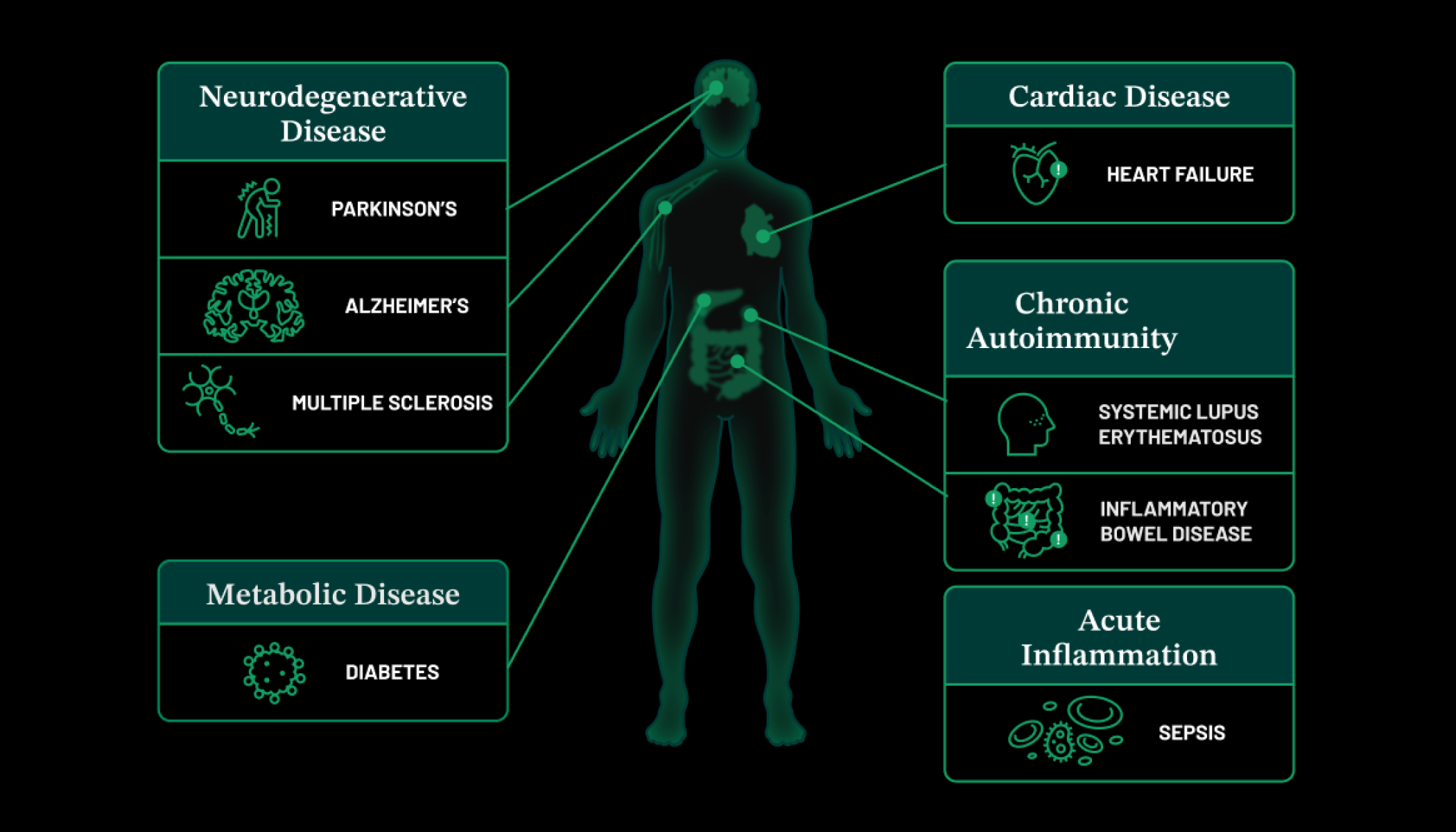Feb 29, 2024 · 9 min read
This Research Team Is Increasing Indigenous and Latin American Representation in Genomics Research
Explore how Andrés Moreno-Estrada, Carlos Ortiz-Ramirez and their team venture to villages across South America collecting samples to diversify the reference map for human cells.
Single-cell technologies have ushered in an era of biomedical science where researchers can create comprehensive reference maps of every cell type in the human body. But to be broadly useful as a reference, such maps must be globally representative. That’s why researchers are working to ensure the rich diversity of people across Latin America is represented in these maps.
These researchers include Andrés Moreno-Estrada, professor of genetics, and Carlos Ortiz-Ramirez, professor of cell biology, at Unidad de Genómica Avanzada – Laboratorio Nacional de Genómica para la Biodiversidad (Advanced Genomics Unit – National Laboratory of Genomics for Biodiversity) CINVESTAV in Mexico.
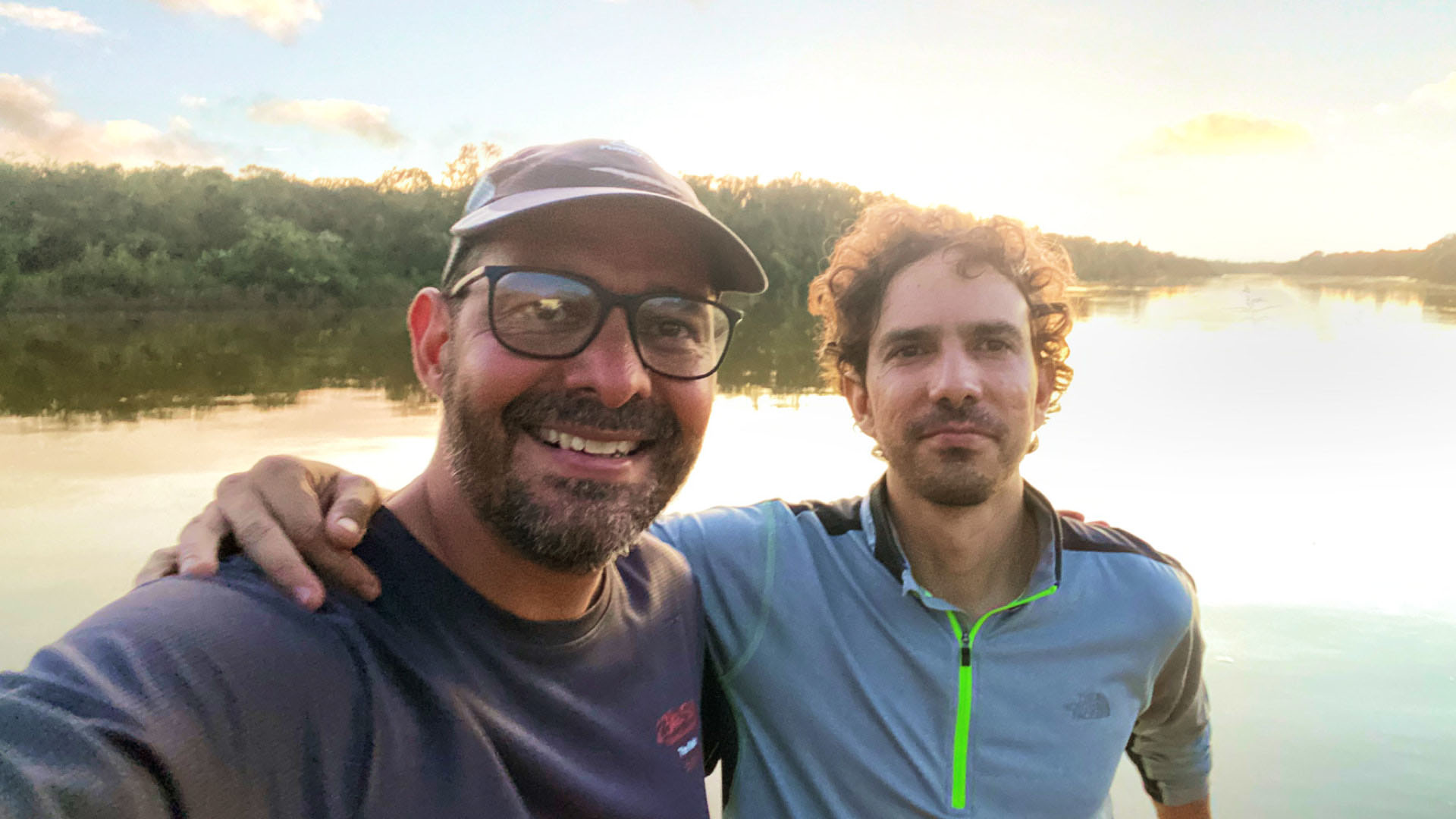
Their teams are helping to diversify the Human Cell Atlas by contributing single-cell data from more than 20 different ancestries across seven countries in Latin America.
“If we don’t diversify the data,” says Moreno-Estrada, “we will be looking at a little fraction of human diversity when humanity is really much broader.”
This means researchers would be missing key biological insights because of the bias in reference data. When it comes time to translate findings for precision health, he adds, “it also means we’ll be leaving entire regions of the world understudied and underserved to the future scientific advances that may come up from these datasets.”

In genomics research, as of 2019, Indigenous peoples in North America make up just 0.03% of the data worldwide, and people who are Hispanic or of Latin American ancestry comprise only 1.3% of all data — even though Latin America and the Caribbean are home to more than 8% of the world’s population. Ensuring these same biases aren’t recapitulated in human cell atlases is a global effort.
It’s not only diversifying what you study but by whom these studies are led.
While other groups are doing important work collecting samples from people living in urban centers across Latin America, Moreno-Estrada and Ortiz-Ramirez particularly want to ensure that participation in cell atlas research is made accessible to the many groups of Indigenous peoples across the continent, many of whom live in more remote regions.
Moreno-Estrada and Ortiz-Ramirez bring science out of the lab and to the people to alleviate these geographical barriers to participation. Their research starts not by donning a white coat in a lab but by packing a car with supplies and a multidisciplinary team of experts.
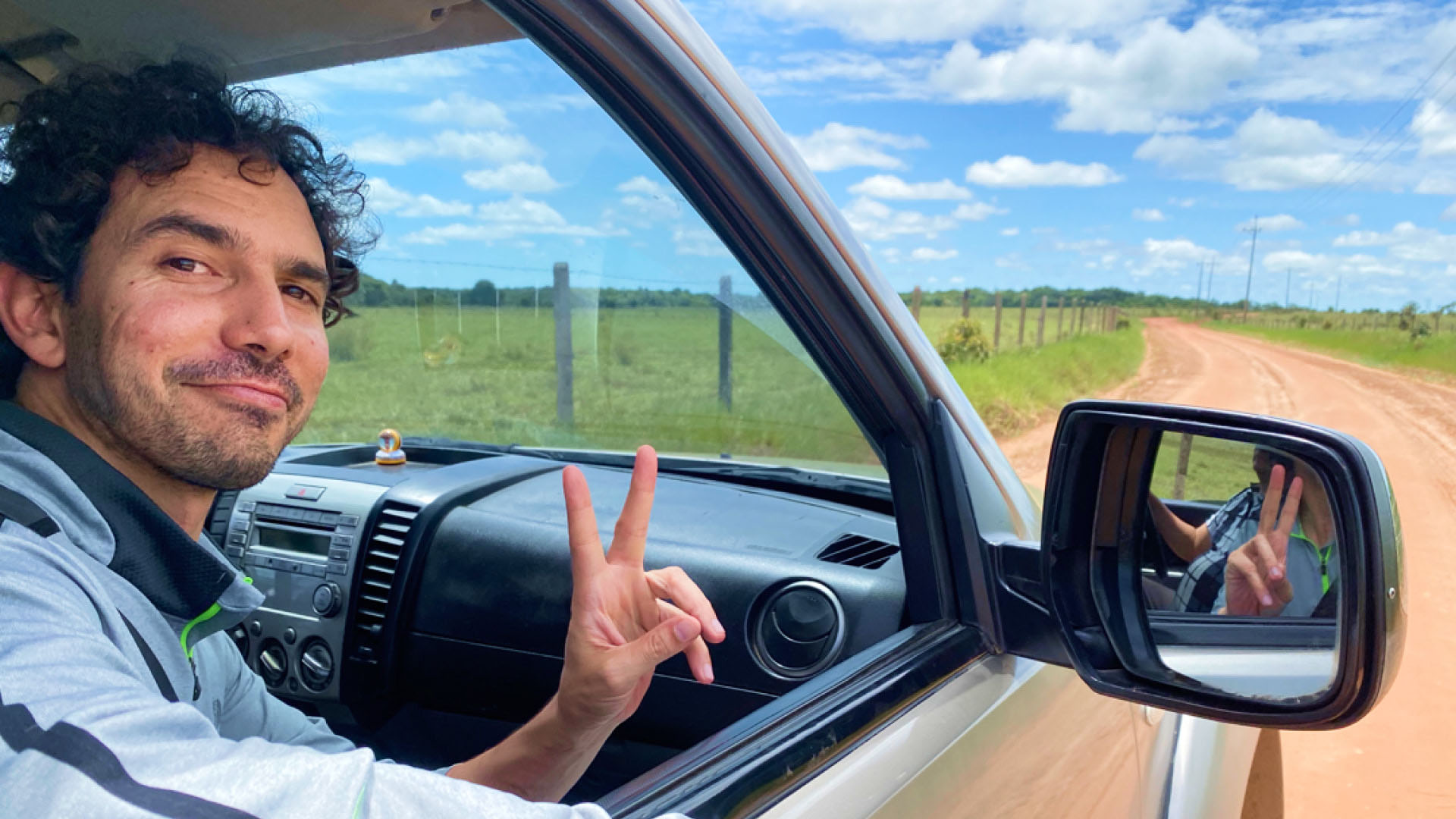
One of their many destinations to date includes the forest plains near the Amazon rainforest in Colombia. Along the way, the team has had to dig their car out of a ditch, move away fallen trees, fix a flat tire at two in the morning, and cross a river — all in a day (or two)’s work, and well worth it to reconnect with collaborators and members of the Piapoco community.
The journey on the road itself can take several days, but creating meaningful community engagement starts well before that.
“We’re not starting from scratch in terms of just taking a plane and sampling people somewhere simply because we have a collection kit in our backpacks,” explains Moreno-Estrada. “It’s really about building on previous relationships. The project teams are composed of different experts that have been locally engaged with their communities for many, many years.”
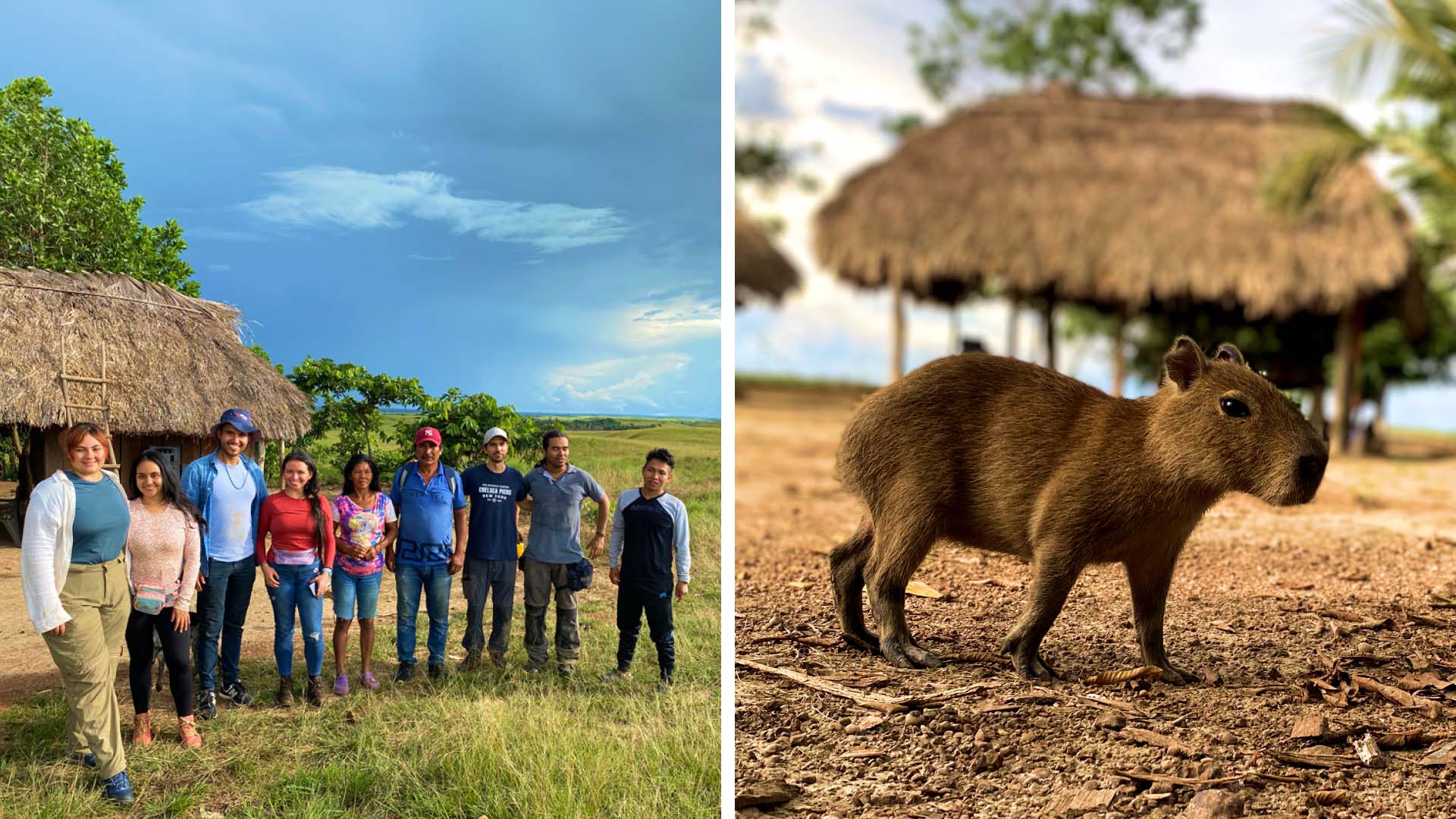
The expedition teams also include those with expertise in performing swabs and sample collection, lab technicians for handling and processing the samples, and local public health systems — some of whom join the mission with a health caravan of medical equipment to bring health services to the villages. This ensures the research team can provide immediate value to the communities and the longer-term benefits of the research itself.

The research expedition team makes the most of their time with these communities by collecting samples from multiple tissues, including blood samples for peripheral blood mononuclear cell (PBMC) isolation and buccal swabs for DNA extraction, along with contextual data through a demographic survey.
Once samples are collected, it is paramount to ensure they are carefully stored for travel. Typically, samples must be kept cold to ensure minimal molecular degradation before beginning single-cell experiments. Freezers or dry ice are usually available within the same building when samples are collected in a medical or research facility. But when your work occurs in a rainforest or mountains, there is often no electricity, and it’s not easy to source dry ice. Once you do, the clock starts ticking on the race to get samples and bring them back.

These challenging logistics inspired Ortiz-Ramirez to develop a novel protocol to isolate and cryopreserve PBMC samples without electricity or centrifugation steps. This is critical because it means they can freeze the transcriptional state of cells immediately after collection, preserving sample quality by reducing noise in their data due to cell stress from less optimal conditions during transit. This protocol can be used by others worldwide facing similar logistic barriers and to optimize future preservation protocols.
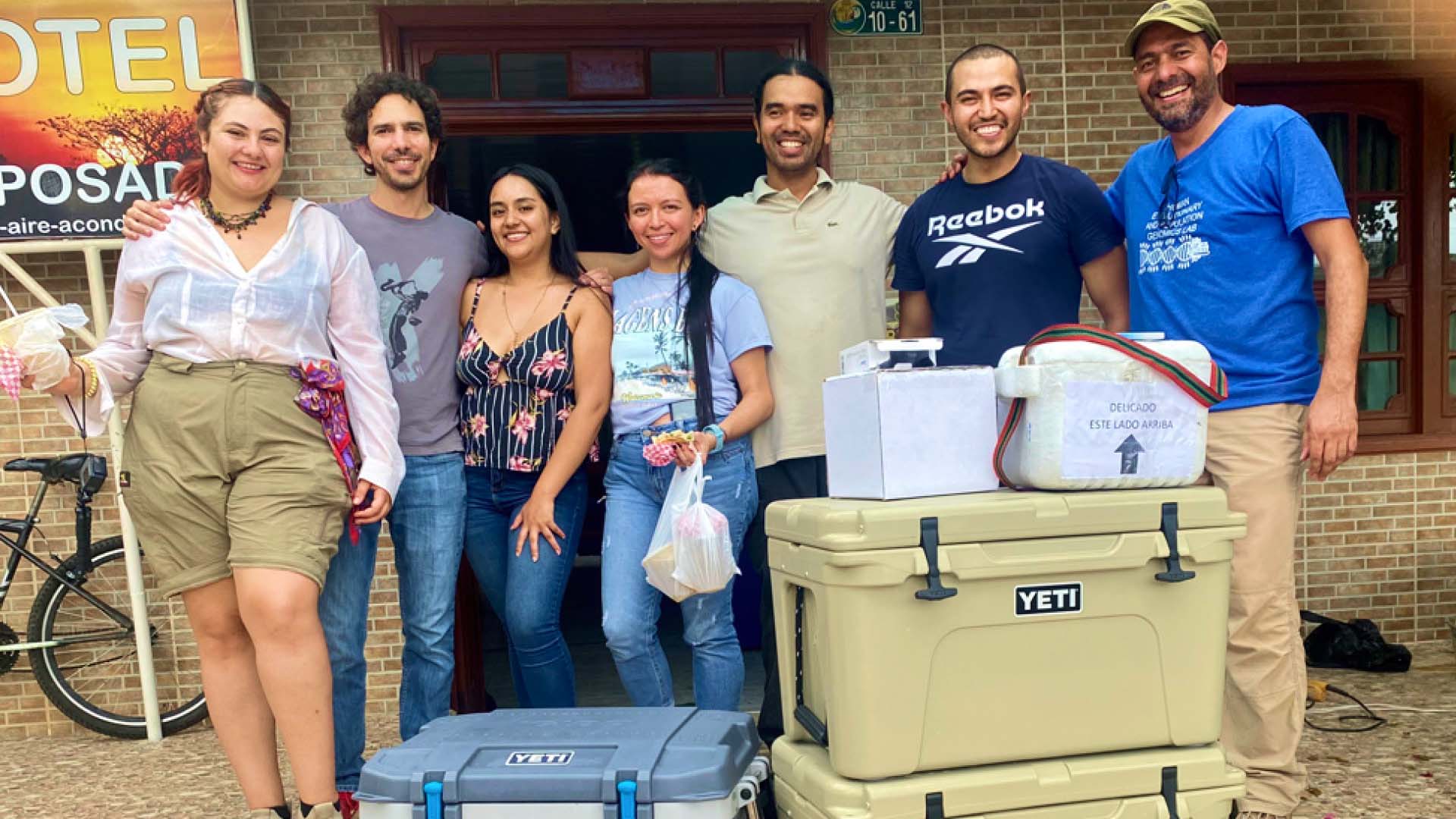
By collecting samples from multiple tissues from underrepresented groups, the team can study biological questions that have never been studied.
For example, the communities in Colombia living at the intersection of the Plains and the Amazon are exposed to many different pathogens from the environment that differ from those living in the highlands of the Andes, who are also participants in their study. Moreno-Estrada and Ortiz-Ramirez can study the biology of people from the same country but with different environmental exposures and diets and people across countries living in more similar environments.
Their research questions are also inspired by local epidemiology. In Chile, there is a high incidence of gallbladder cancer in some communities, but the driver of that is unclear. In collaboration with co-investigator Ricardo Verdugo and community leaders in Chile, the team is collecting gallbladder tissue samples from a subset of Chilean individuals, hoping to find answers to this local health concern and, in doing so, further expand our understanding of cancer.
Similarly, some communities in the jungle in Brazil have a higher risk of rabies but have developed natural antibodies against rabies. Understanding how that evolved can lead to important insights for public health more broadly.

For Ortiz-Ramirez, it’s special “to combine this sense of expedition and adventure and the challenge of the logistics with the scientific component … The reward is being able to study something that hasn’t been studied before and to break this barrier to be at the frontier of science. You cannot discover something new if you keep studying the same things over and over.”

Determined to keep this work led by local experts across South America, Moreno-Estrada has also had to overcome barriers to bring new technologies to the continent, which comes with added expense and bureaucracy. But by doing so, Moreno-Estrada is building capacity for new expertise in the region by training researchers on advanced techniques and equipment.
In fact, the machines they procured for Chile, Mexico and Brazil — required to do single-cell experiments at scale — were the first high-throughput multiplex single-cell equipment on the continent.
“It’s not only diversifying what you study,” Moreno-Estrada says, “but by whom these studies are led. By doing them here [instead of sending them to a centralized facility on another continent], we are also building the capacity in our region to be able to do these kinds of studies independently.”
In addition to directly benefiting the studied communities, the new knowledge generated from increased representation will increase researchers’ overall understanding of cell biology, and that foundational knowledge benefits everyone.
This work is supported by CZI’s Ancestry Networks for the Human Cell Atlas, which helps researchers contribute healthy, single-cell reference data from ancestrally diverse tissue samples, aiming to create a more globally representative resource to understand disease.




